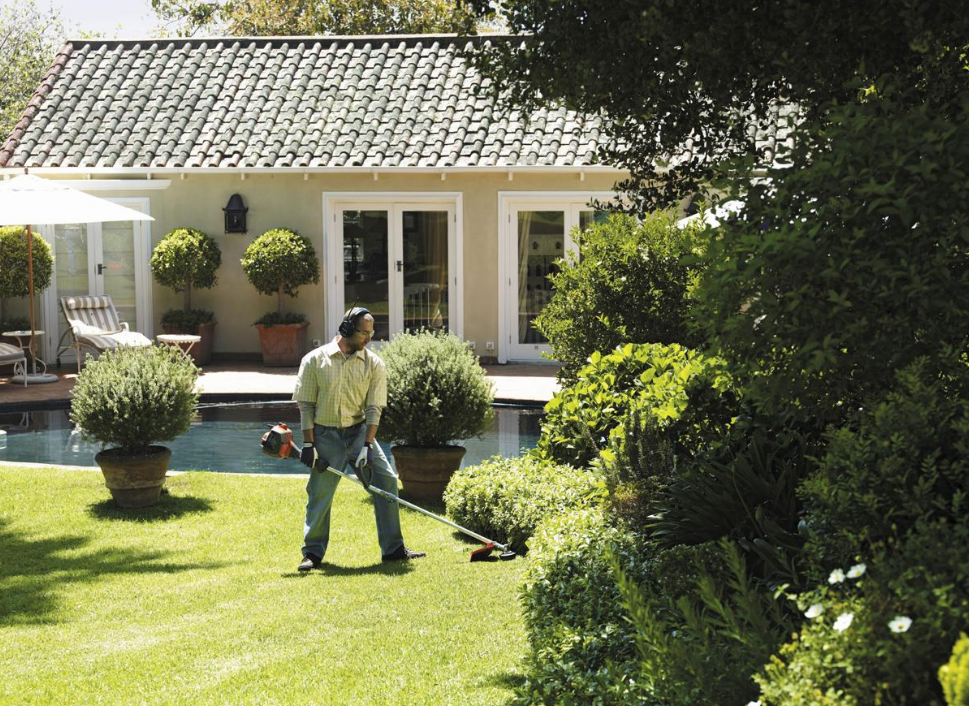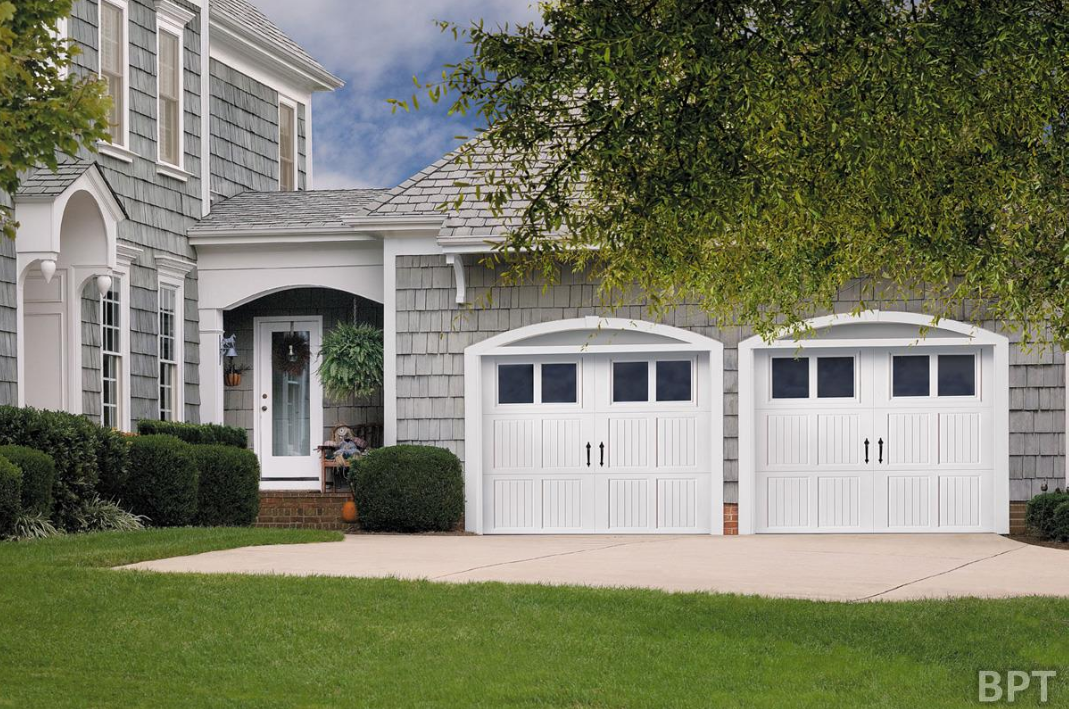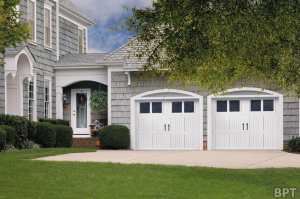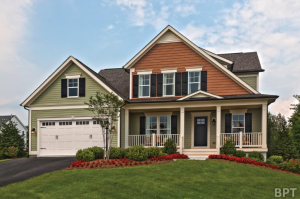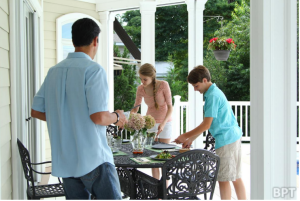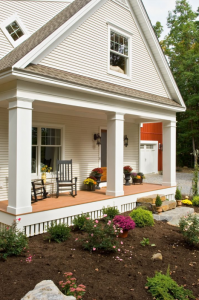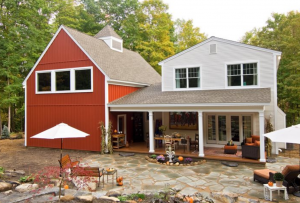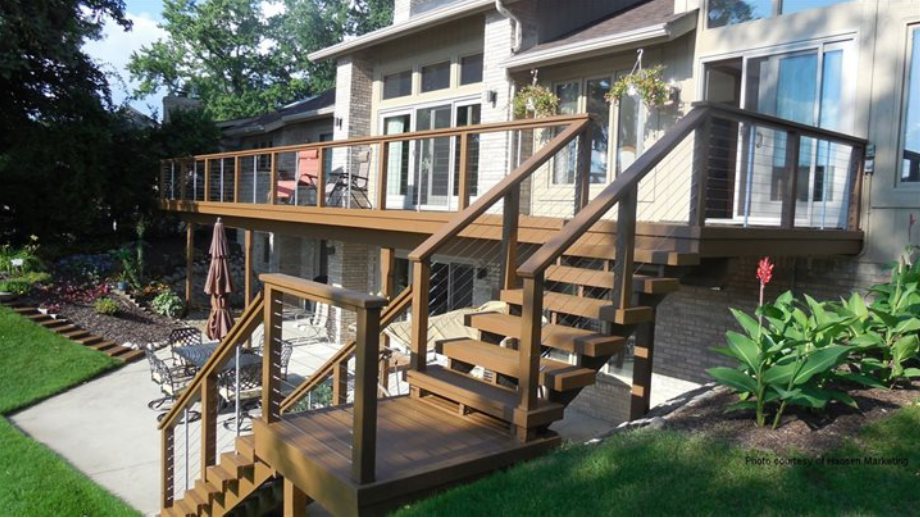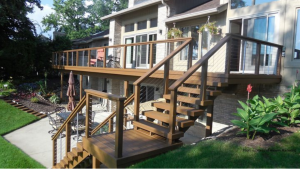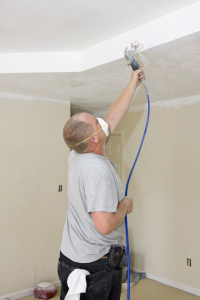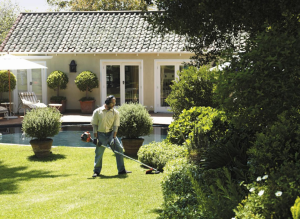 Power tools to the people: Getting your outdoor equipment ready for summer
Power tools to the people: Getting your outdoor equipment ready for summer
(BPT) – Some people eagerly anticipate summer barbecues, beach vacations and blue skies, but for avid do-it-yourselfers, the best thing about summer is the opportunity to use their favorite power tools to make their yards look great. Before you revel in the rich rumble of your prized lawnmower or the energetic buzz of a trimmer, it’s vital to do some basic maintenance that will get your tools ready for summer.
While many of the most rewarding outdoor projects are within the abilities of the average DIYer, some aspects of power tool prep are best left to professionals. The power tool experts at Husqvarna offer some tips for ensuring your outdoor equipment is ready for warm-weather chores. However, when performing any maintenance on your equipment, make sure to read and follow all instructions in the operator’s manual – that way, you know you are doing it right.
Lawn mower maintenance tasks
You’ll likely mow your lawn dozens of times during the growing season. A quality lawn mower like a Husqvarna AWD or Z200 is an investment well worth protecting. Here are some maintenance tasks that should be performed periodically during the mowing season:
* Every time you finish using your mower, tractor, or zero-turn mower, clear the mower deck of accumulated grass clippings and debris. During normal operation of the lawn mower, built-up debris can loosen and fly off, potentially damaging belts and critical parts. Built-up debris can also dry out, potentially creating a fire hazard if it contacts hot moving parts.
* Sharpen blades. Dull blades reduce your mower’s cutting power, and can also damage your lawn.
* Replace spark plugs. Old plugs can make starting your mower difficult, cause misfires and reduce fuel economy.
* Check the operation of all-wheel drive parts. Lawn mowers like the Husqvarna HU625 use all-wheel drive to make mowing easier, so keeping these parts in good repair directly affects the quality of the mower’s function.
* Replace the fuel filter. Chances are good that if you ran all last summer on the same filter, it’s time to replace it. Dirty fuel filters can be a factor in hard starting and reduced fuel economy. Whenever working with fuel system components, be sure to read and follow the operator’s manual, use manufacturer’s recommended components, and make sure all connections are secure when complete.
* Replace the oil filter and change the oil. Just as oil quality and a clean oil filter are key to your automobile’s good performance, your lawn mower needs clean oil and a fresh oil filter, too.
* Check the air filter and change it if it’s worn out. Clean it if it’s just dirty but in good shape otherwise.
* Lubricate all joints and moving parts on your mower per the instructions in your owner’s manual.
Properly prepping your lawn mower for spring and summer can be time consuming and tedious. If you don’t have the time or expertise to do the job well, it pays to take your mower to a professional Husqvarna service center, of which there are thousands across the country. Visit www.husqvarna.com to find one near you.
Taking care of your trimmer
If the lawn mower is the powerhouse of yard care, the trimmer is the crowning touch that makes your lawn and landscaping look polished. To ensure they work well throughout the summer, gas-powered trimmers like Husqvarna’s 525L trimmer need maintenance at the beginning of spring. Tasks should include:
* Replacing the string. You’ll likely replace the string throughout the season as you use it up during trimming chores. Starting the season with fresh string also affords the opportunity to clean and inspect the cutting shield and the area around the trimmer head.
* Be sure to replace any gas still left in the trimmer from last season. Gas degrades over time and old fuel can make it difficult to start the trimmer and keep it running. Consider using Husqvarna XP pre-mixed 50:1 fuel/oil mix, which has the right blend of fuel and oil, without all that Ethanol, to keep your trimmer running smoothly.
* Check the spark plug and replace if necessary.
* Check the oil level and add oil if needed.
* Clean the entire trimmer and lubricate it per the recommendations in the owner’s manual.
Husqvarna service centers can also take care of trimmer maintenance.
The fresh, earthy aroma of newly cut grass is one of the best-loved scents of spring and summer. Taking care of your power tools before and during the season begins can help ensure easier lawn tasks throughout the summer.

